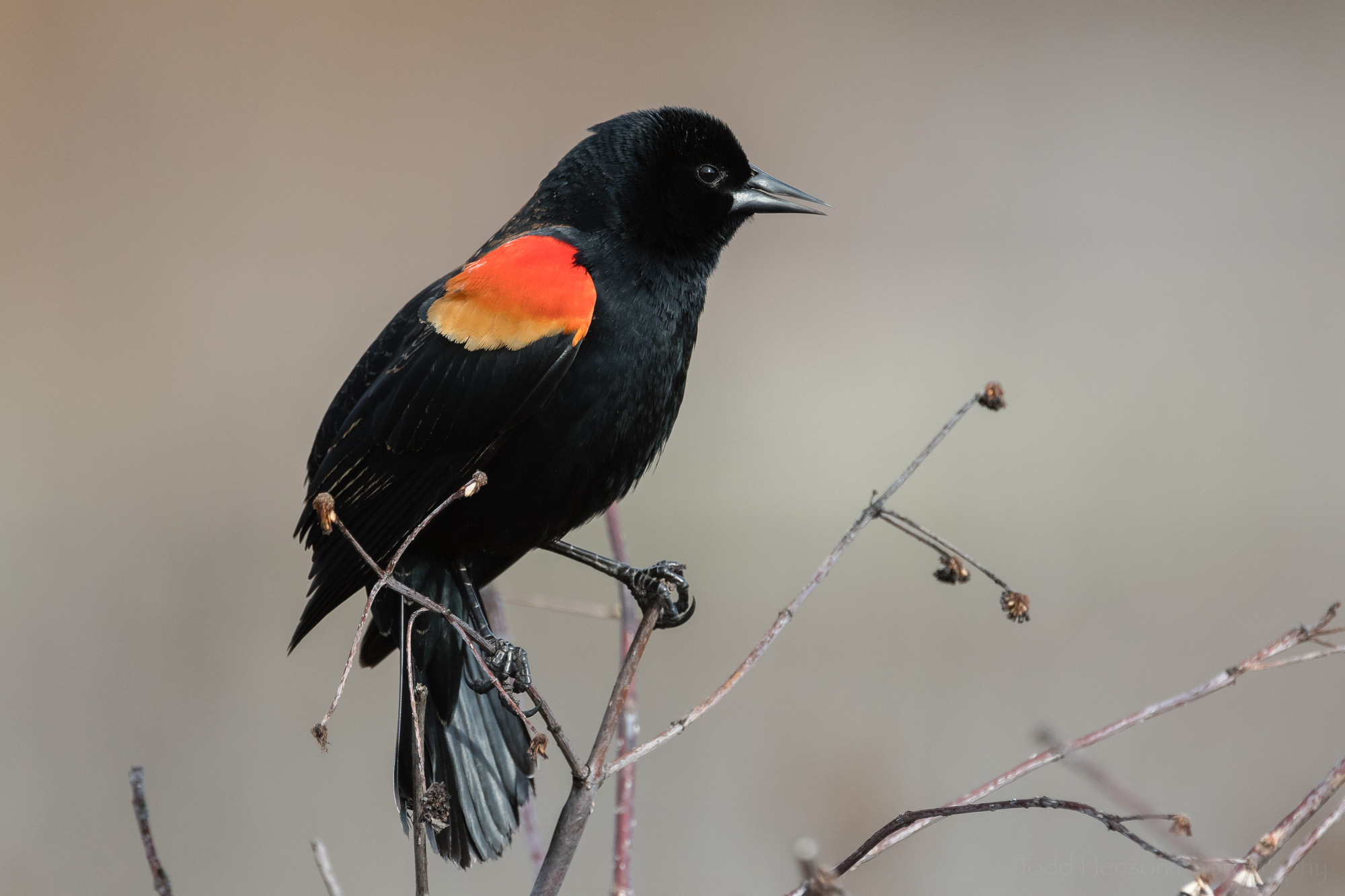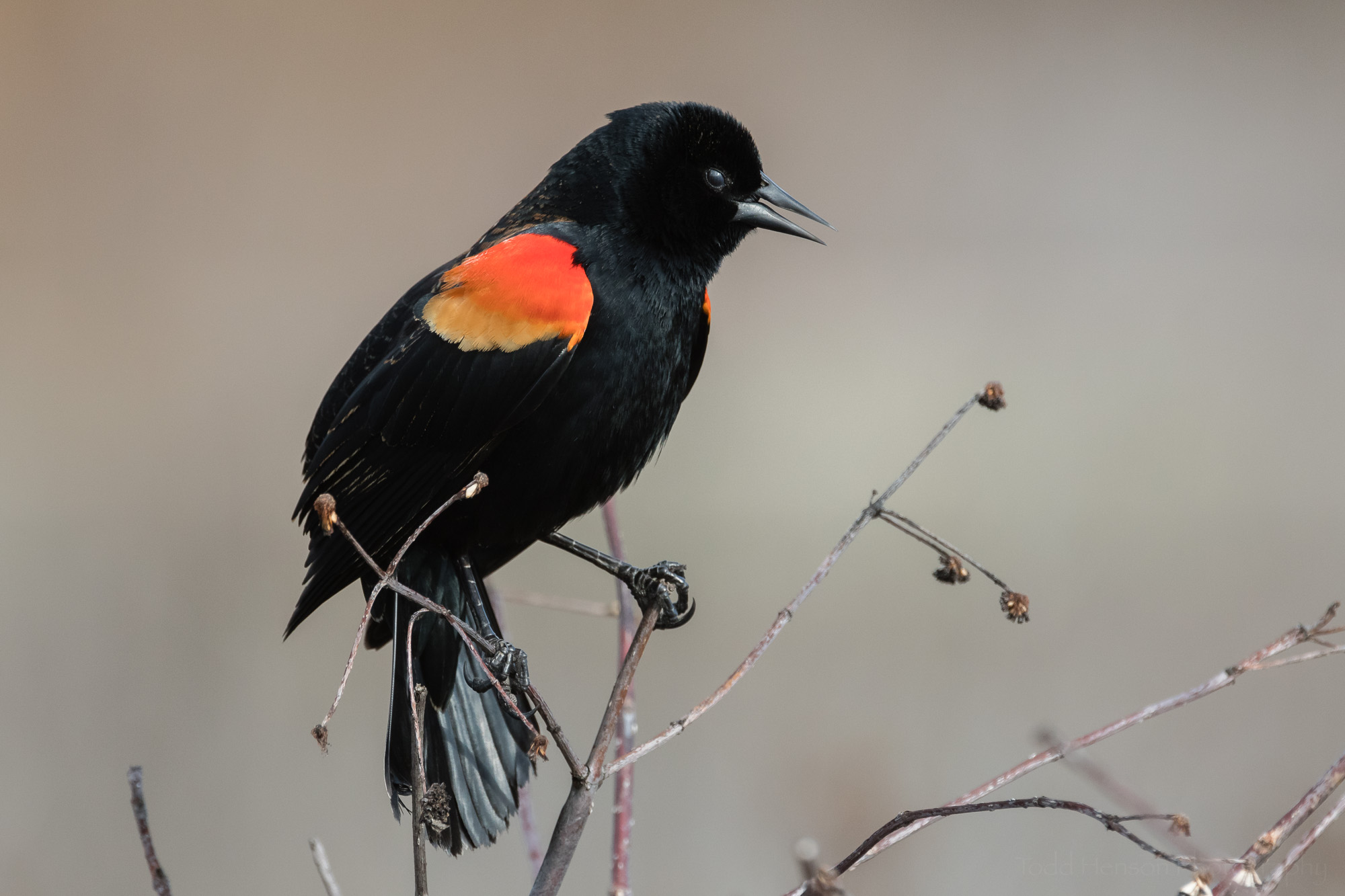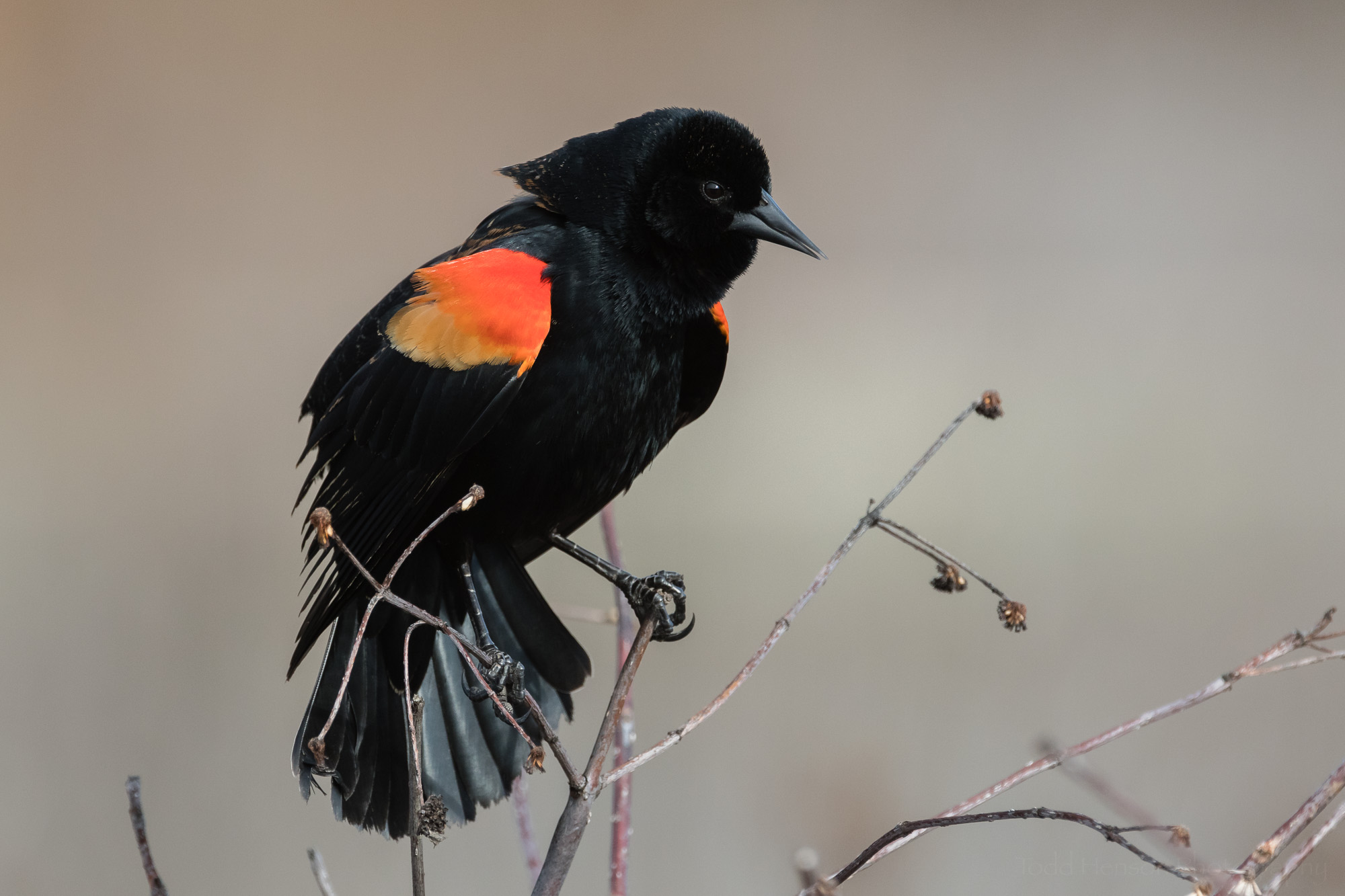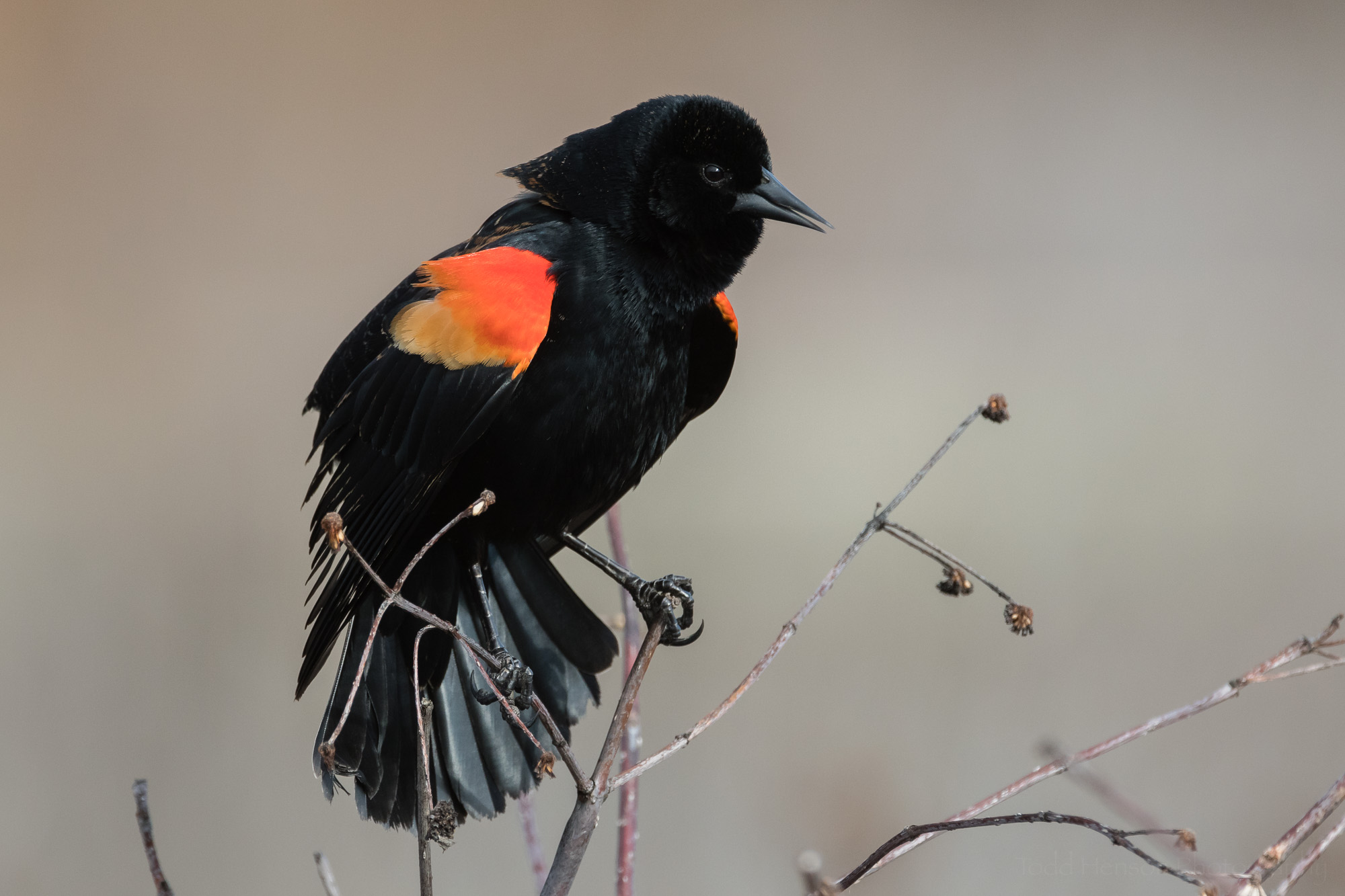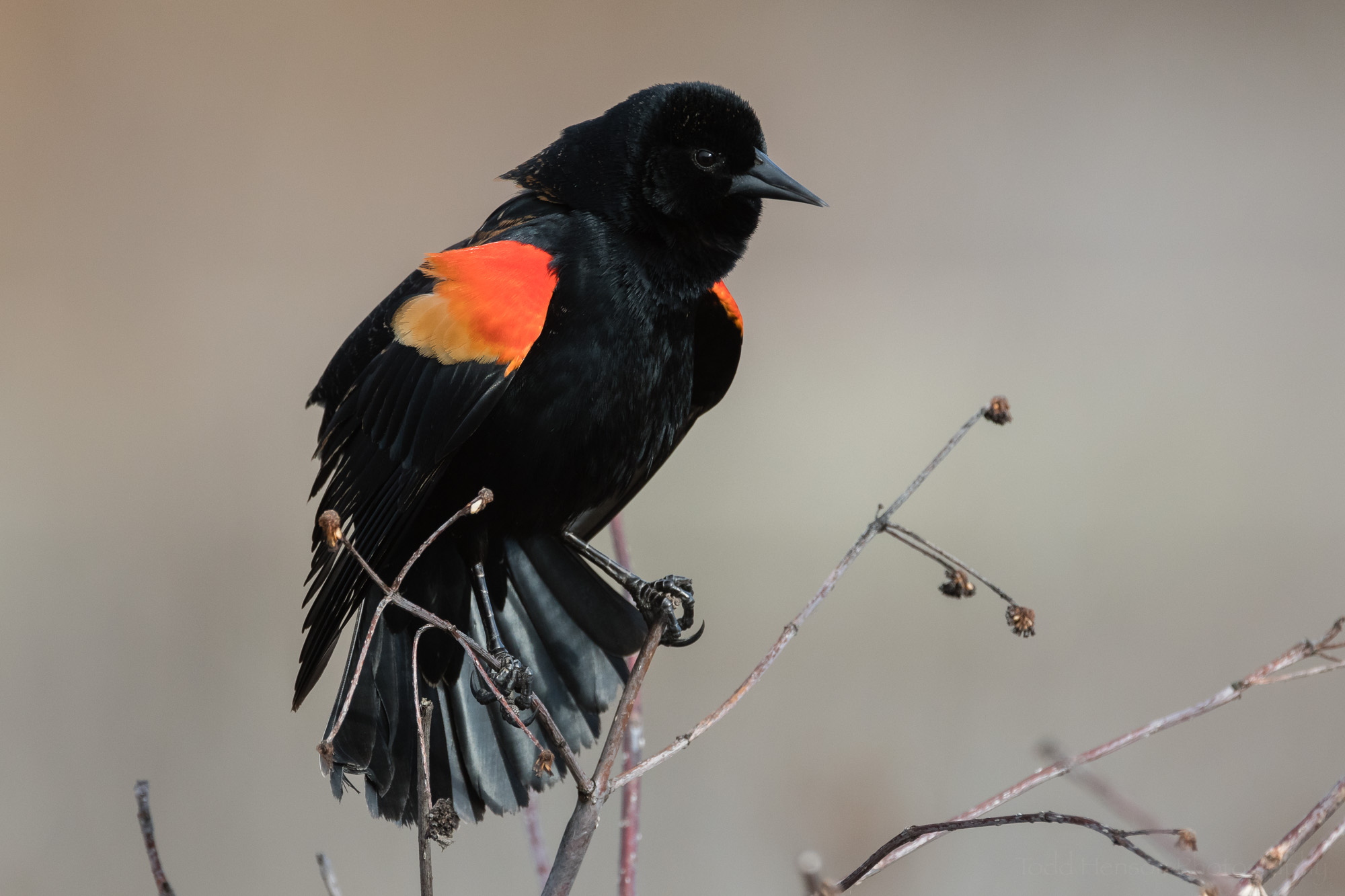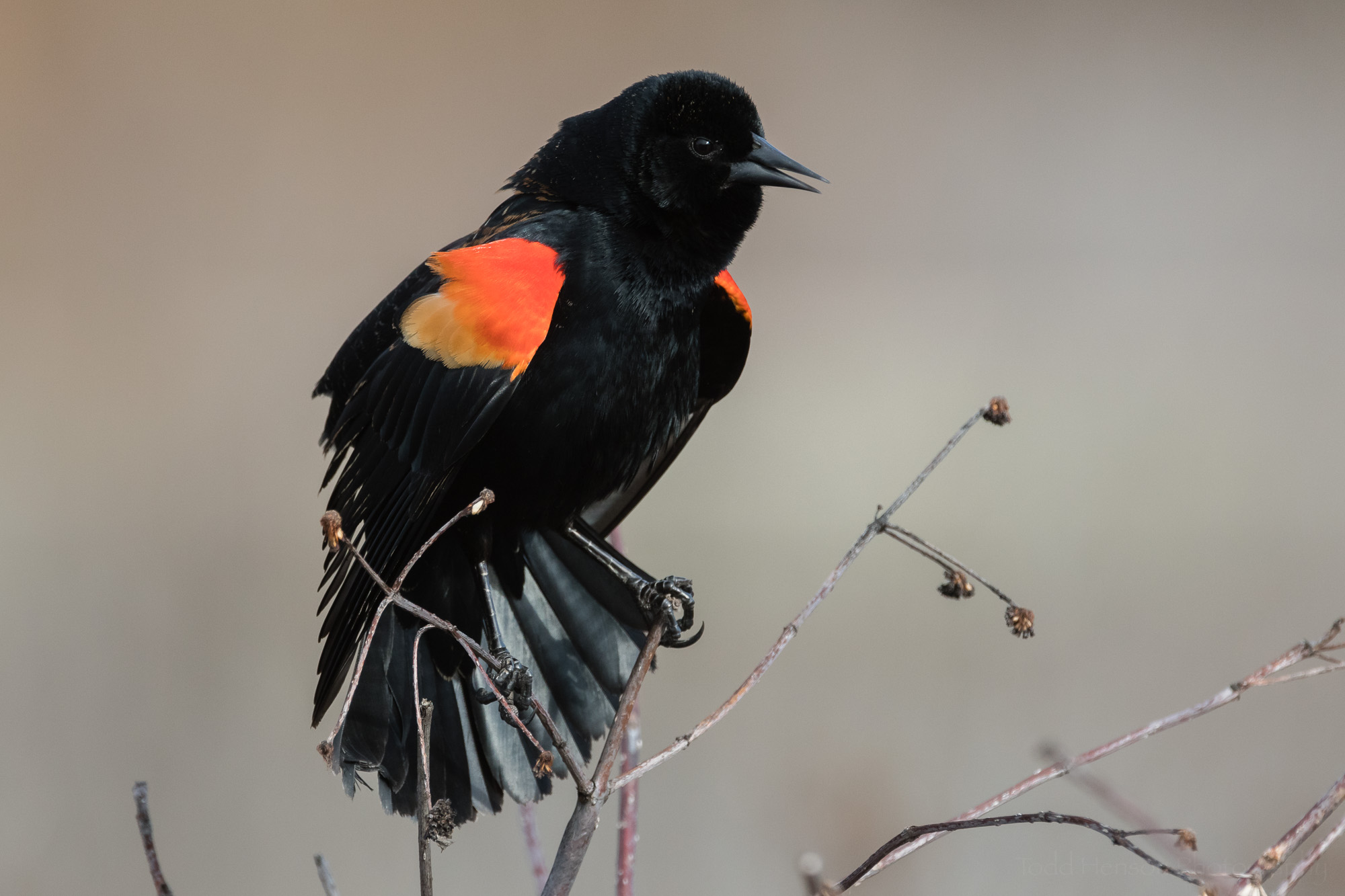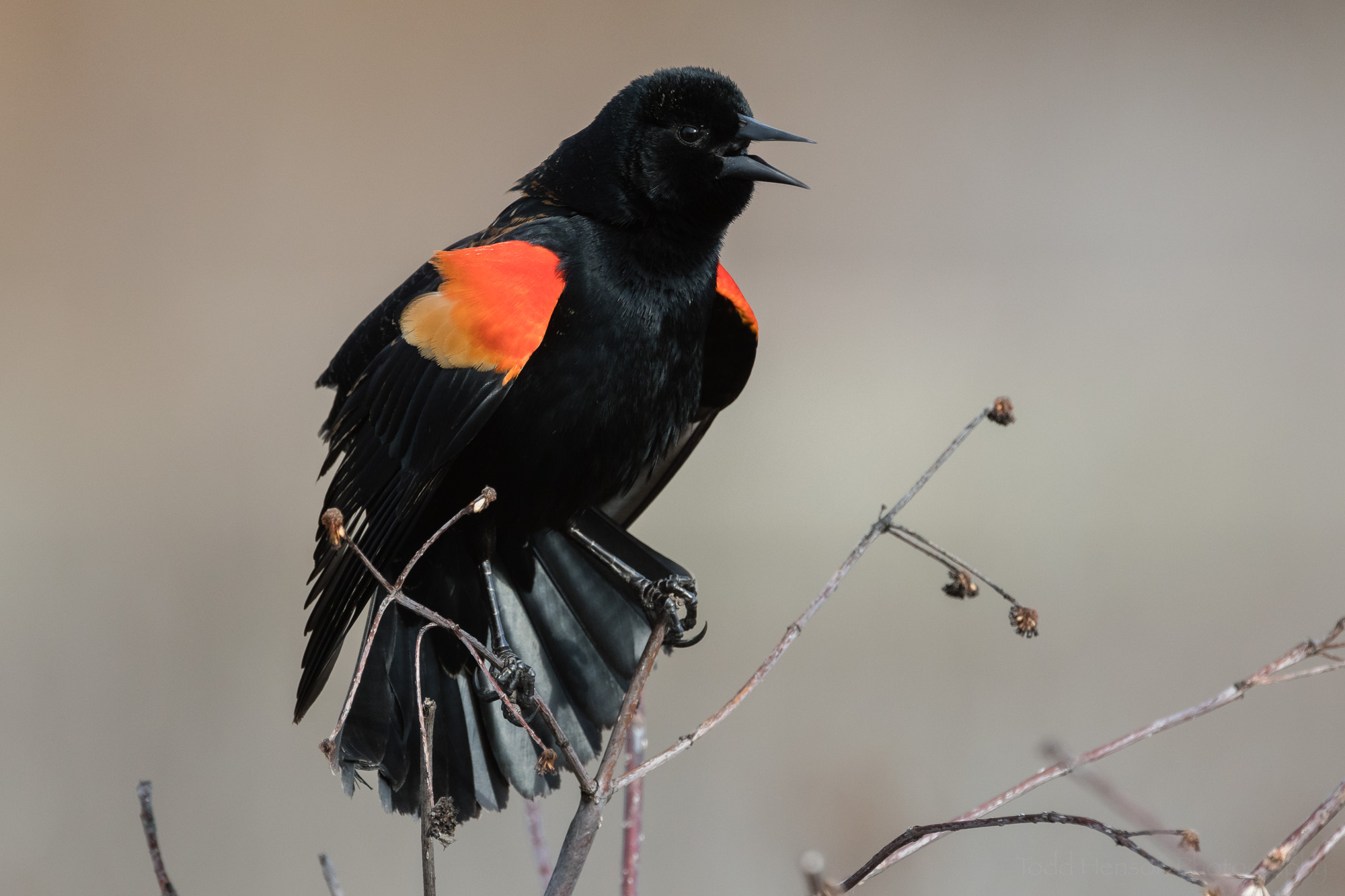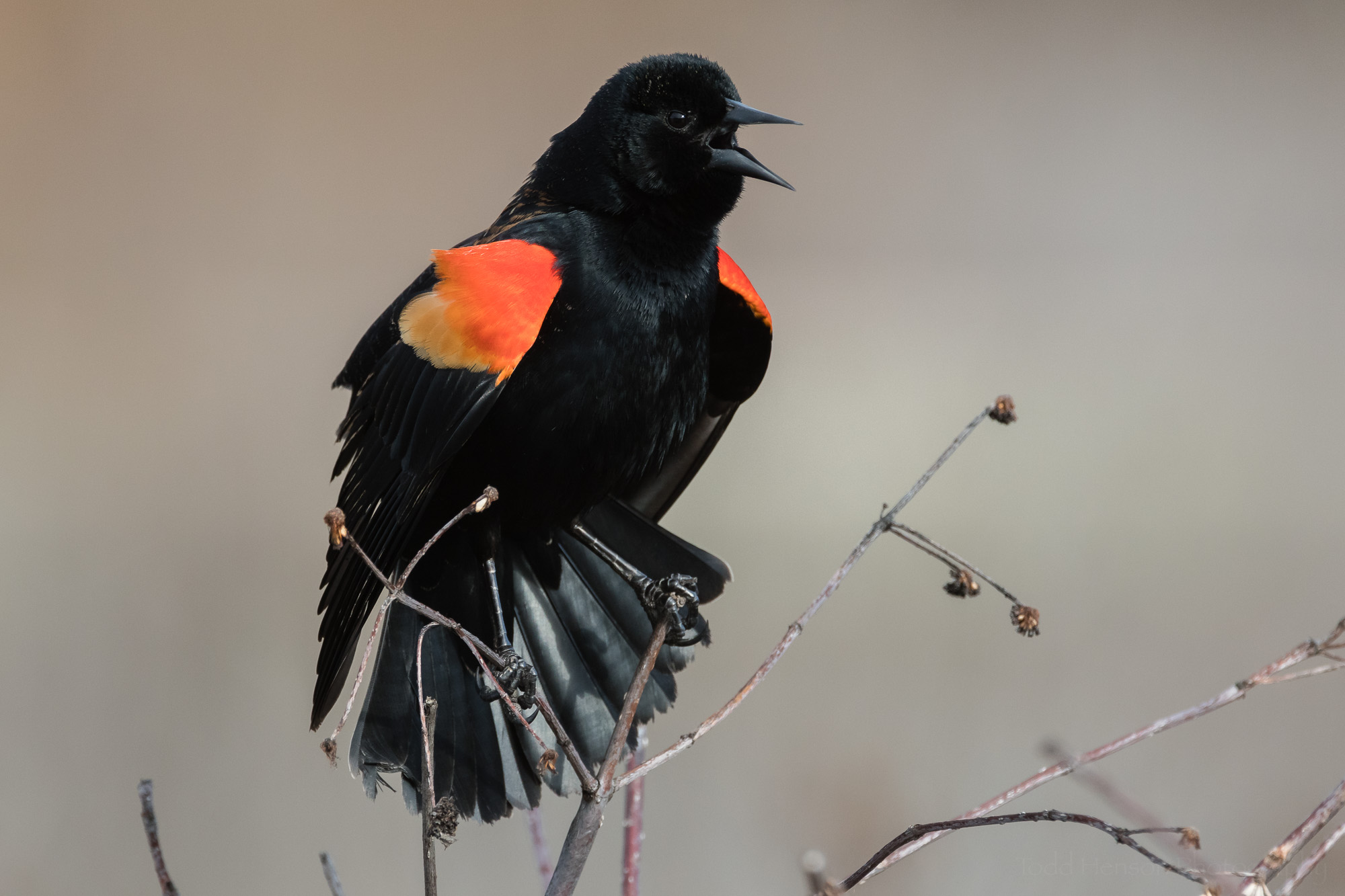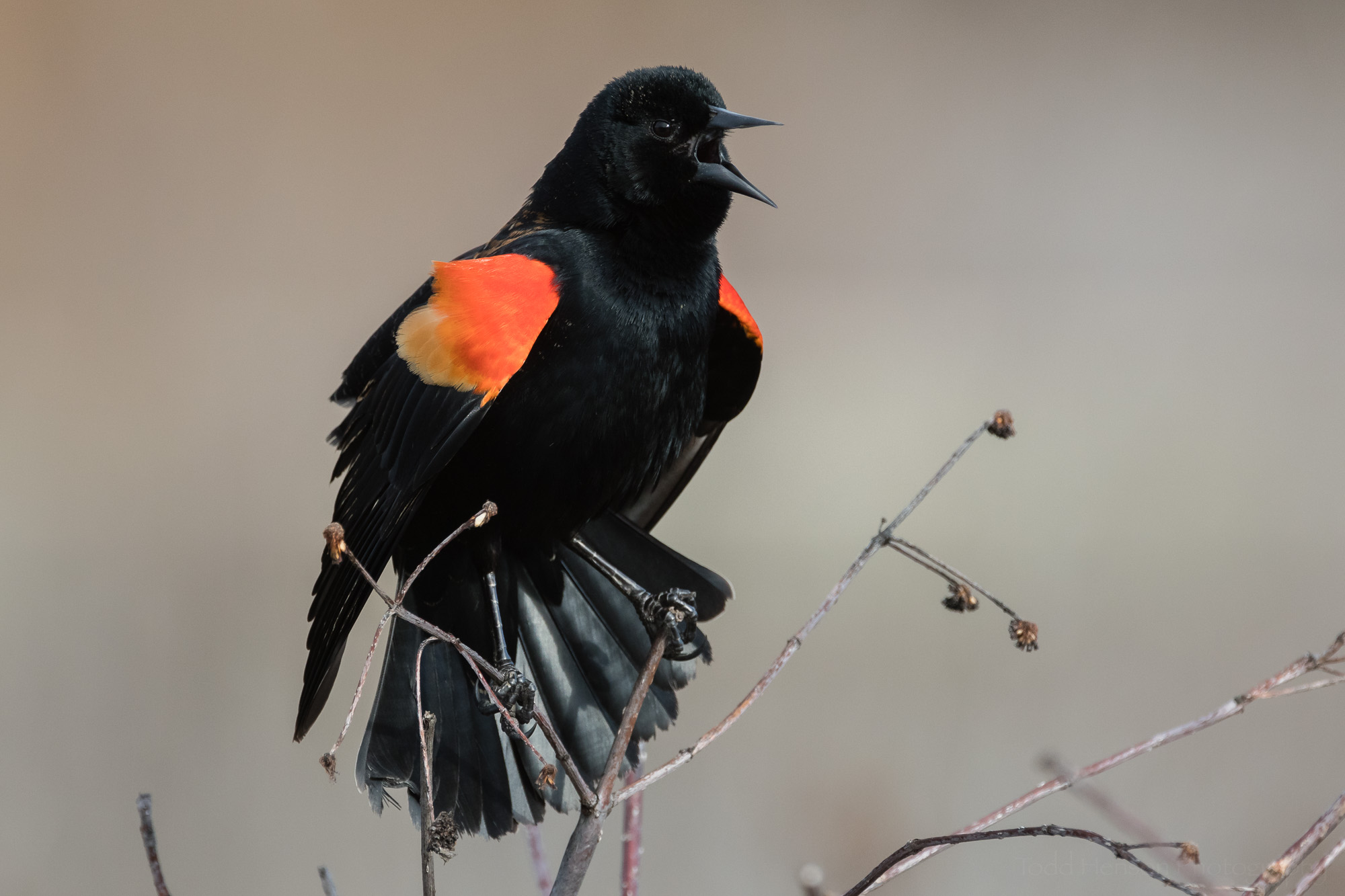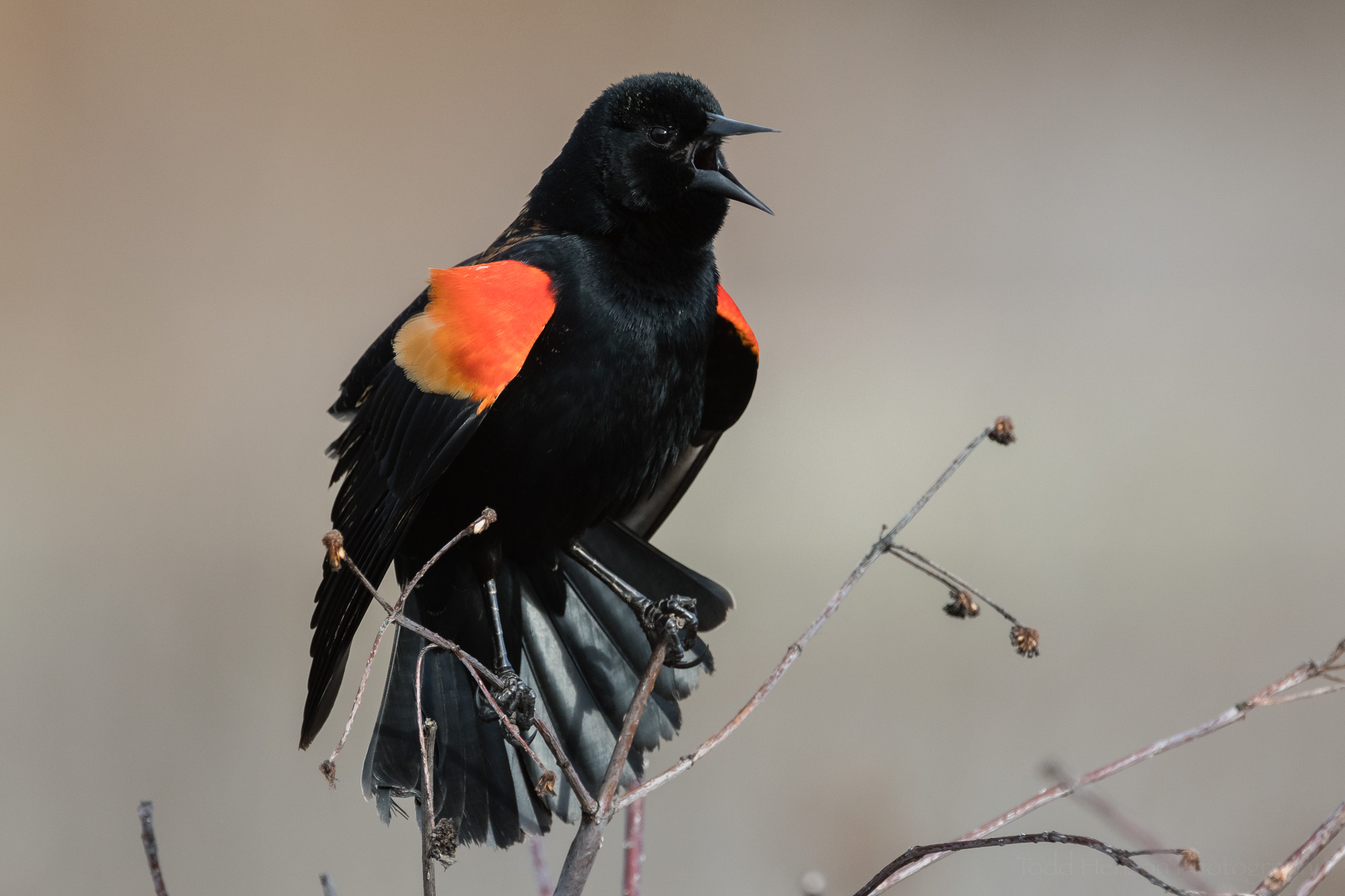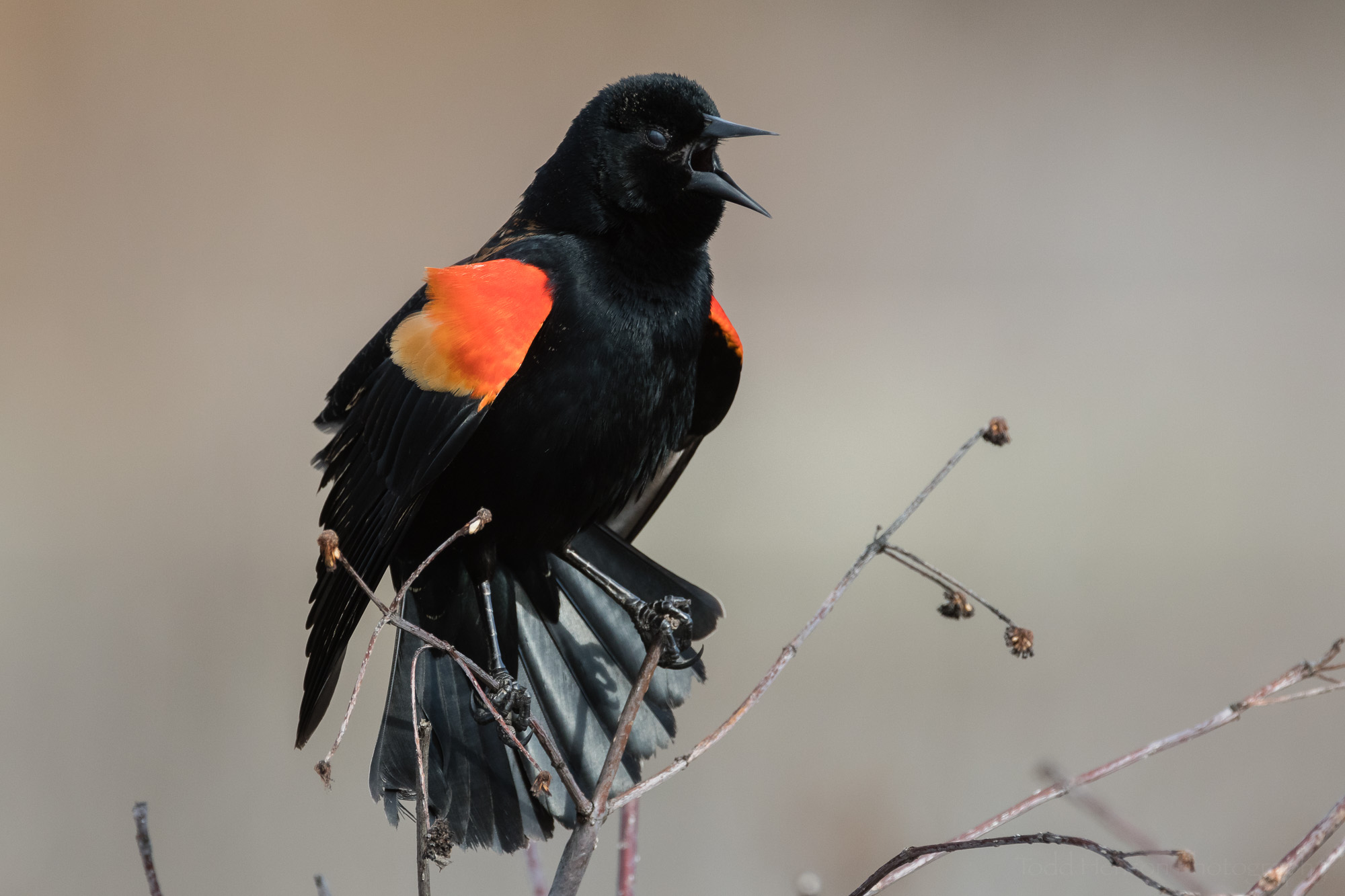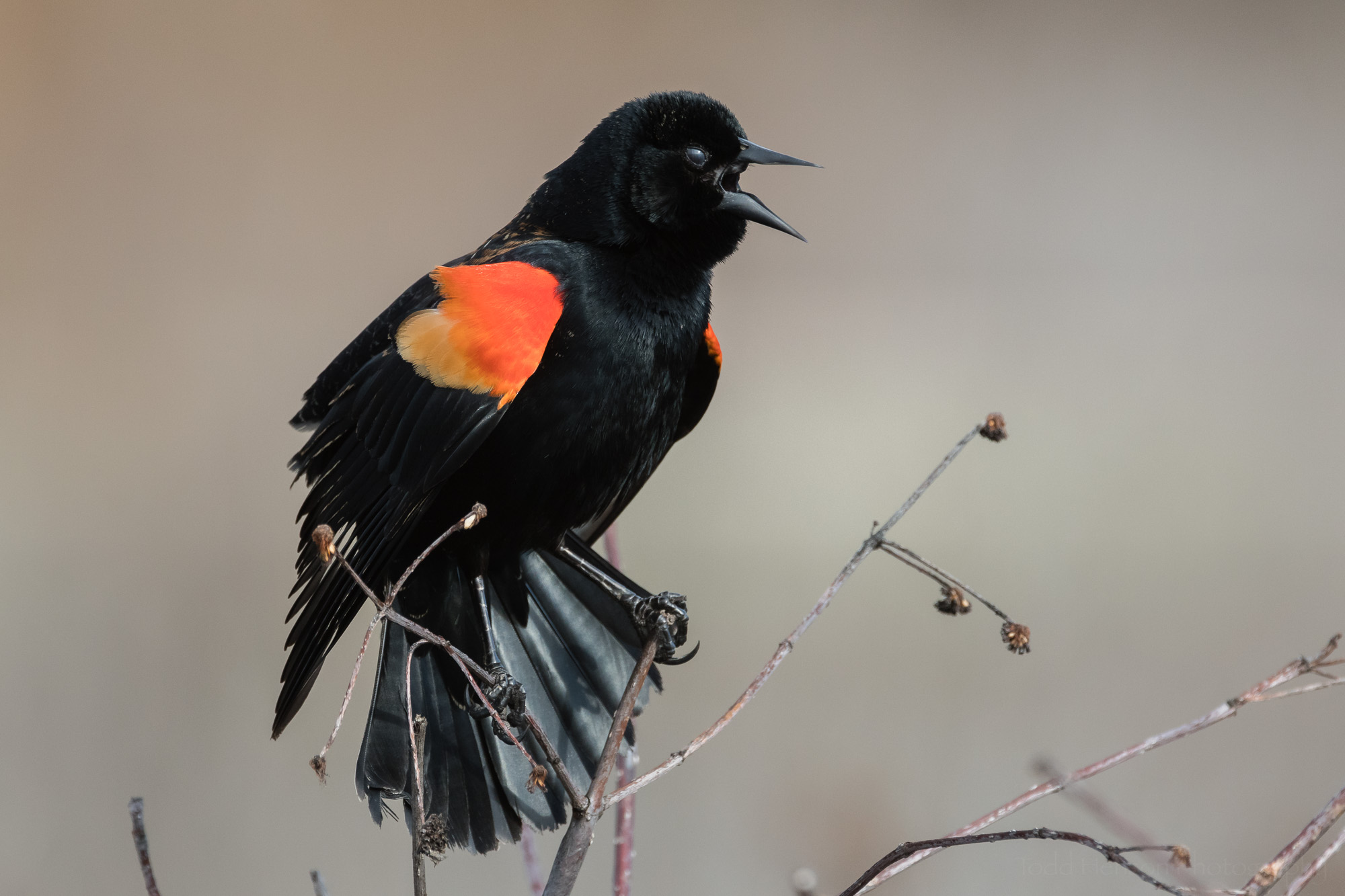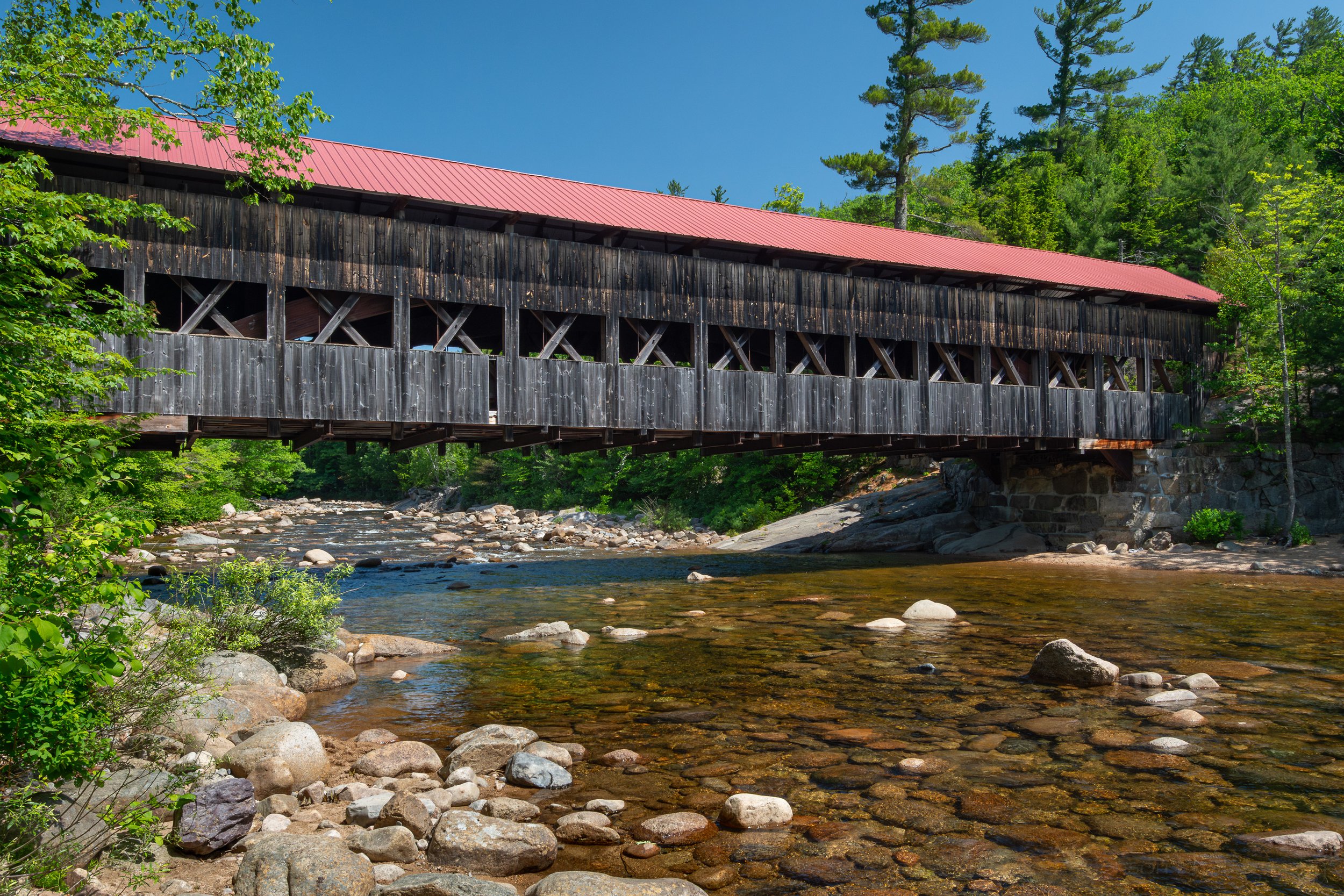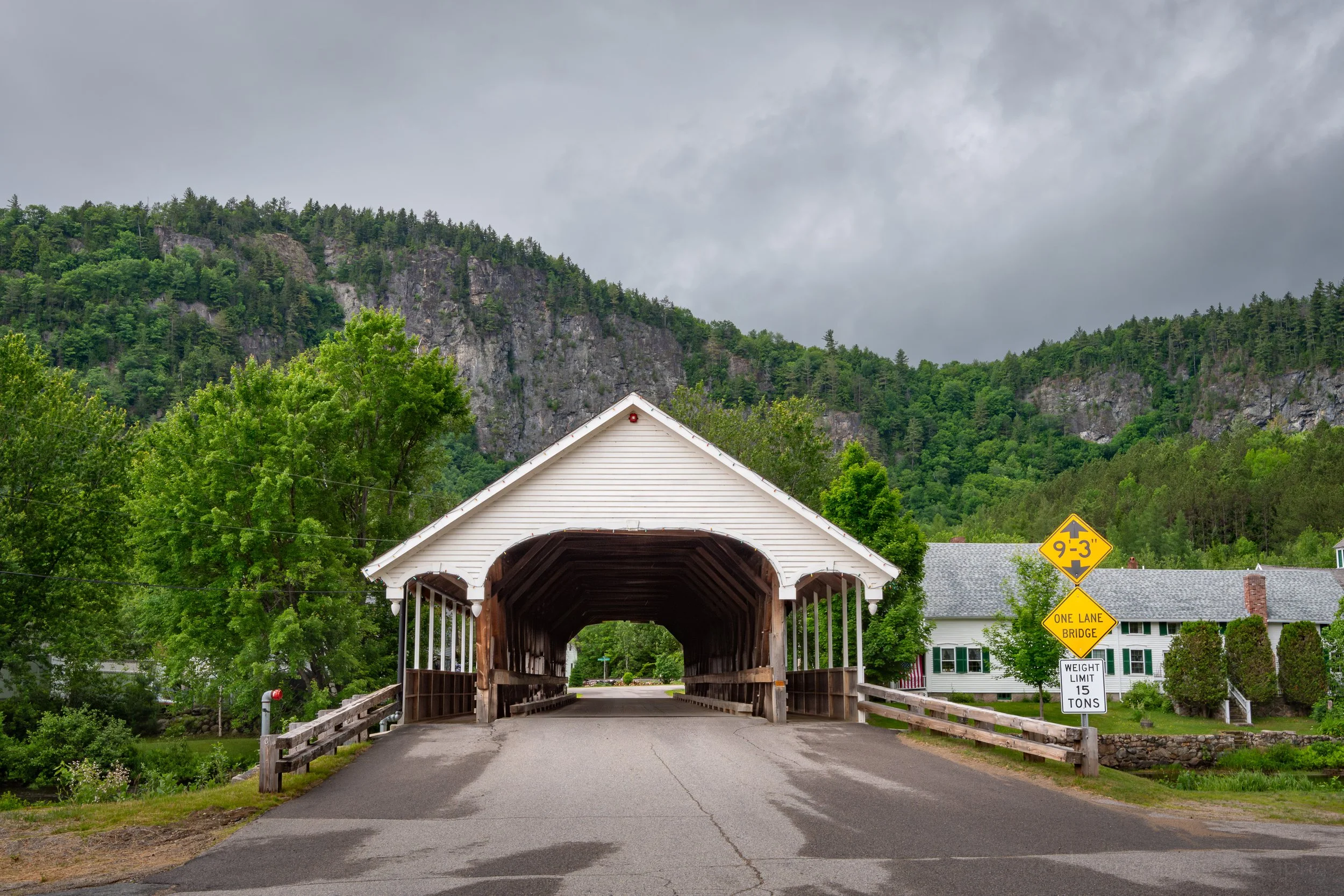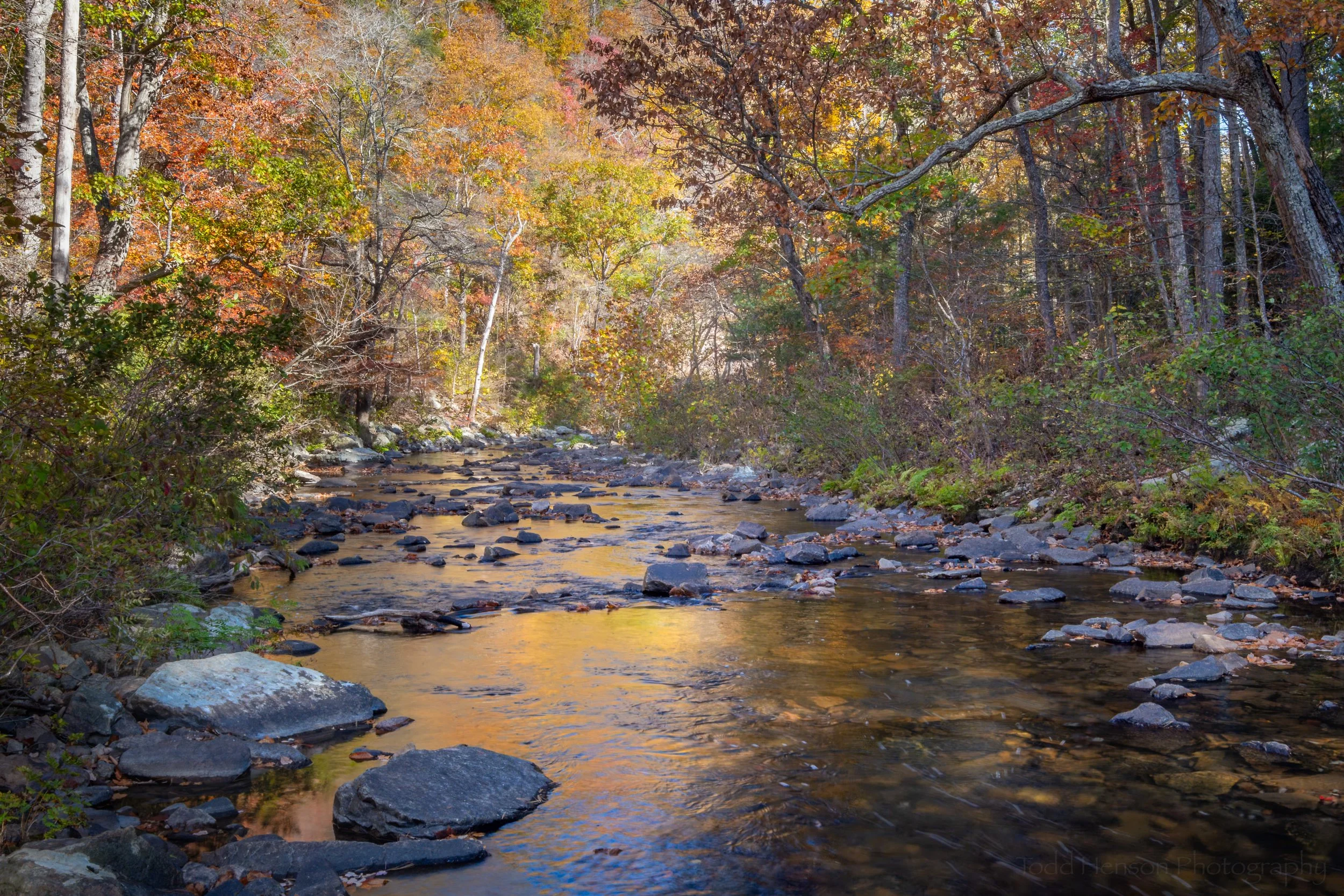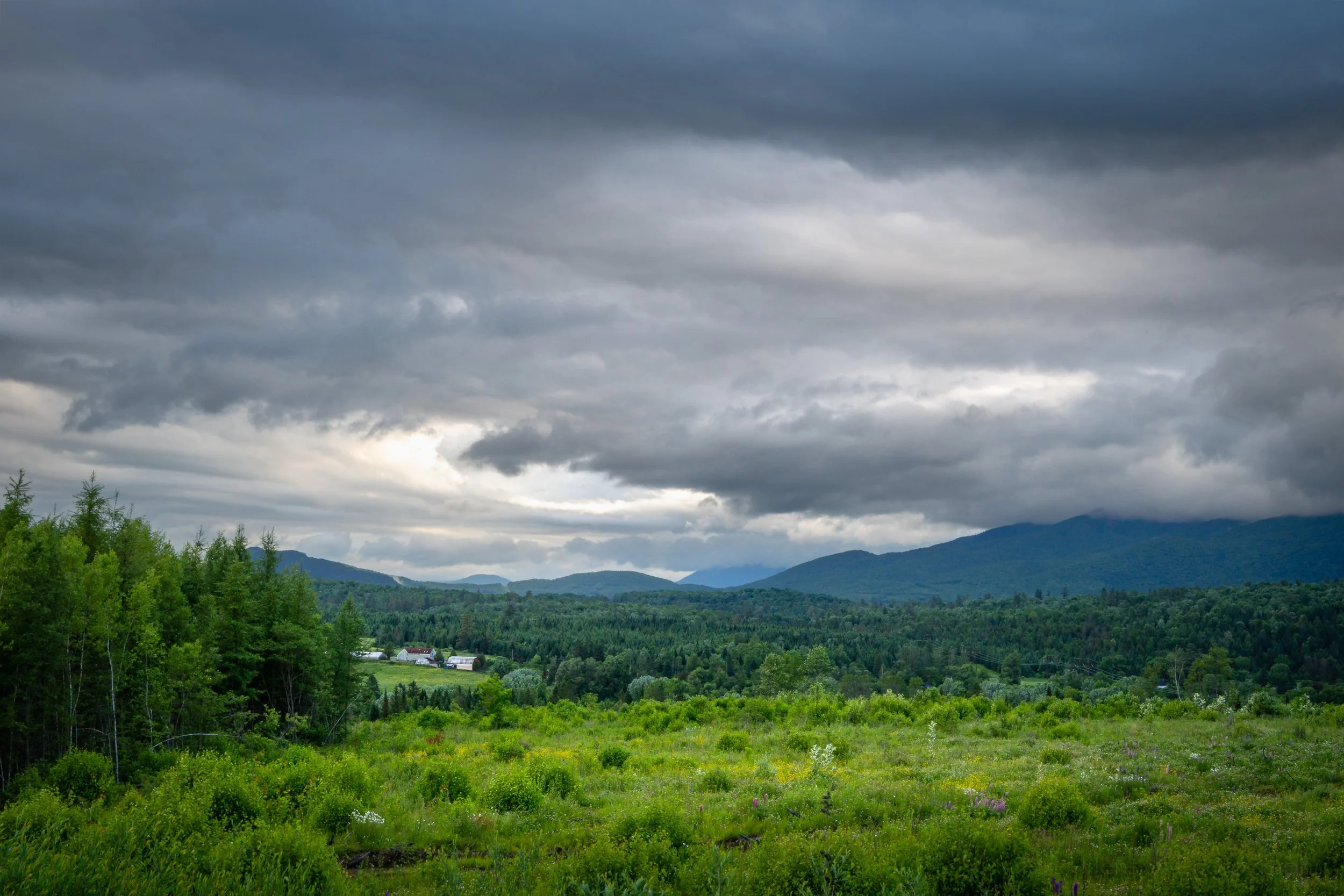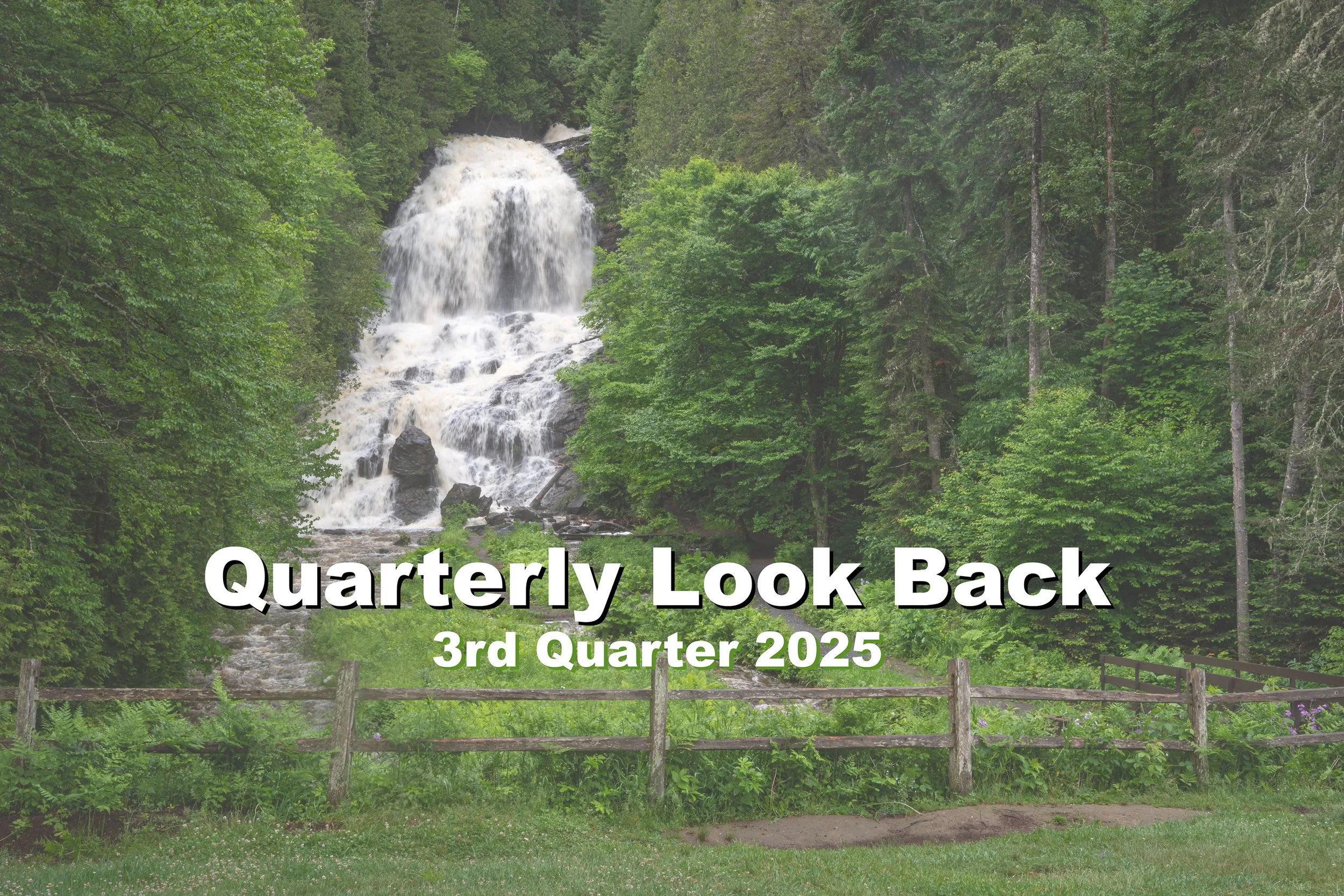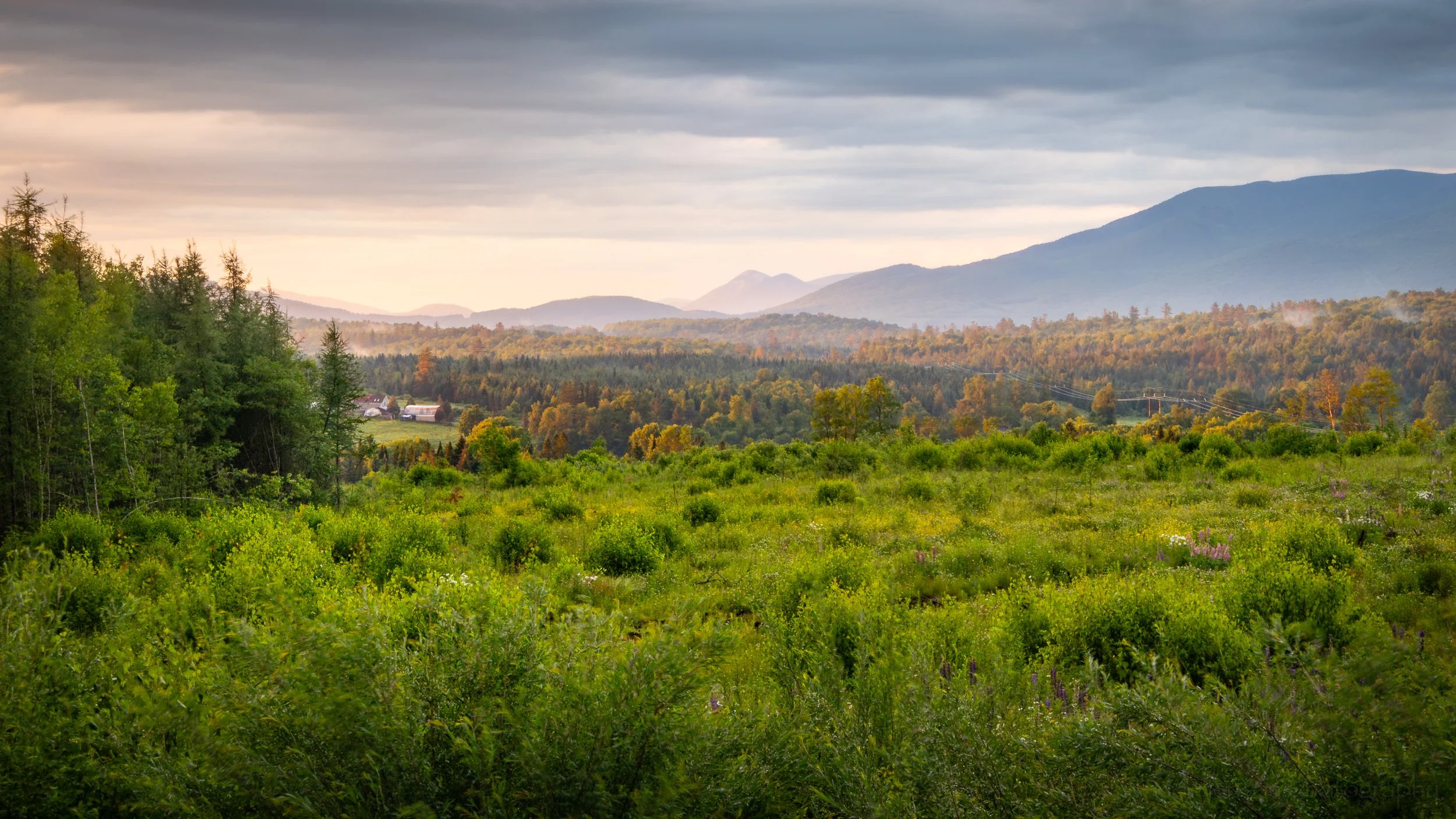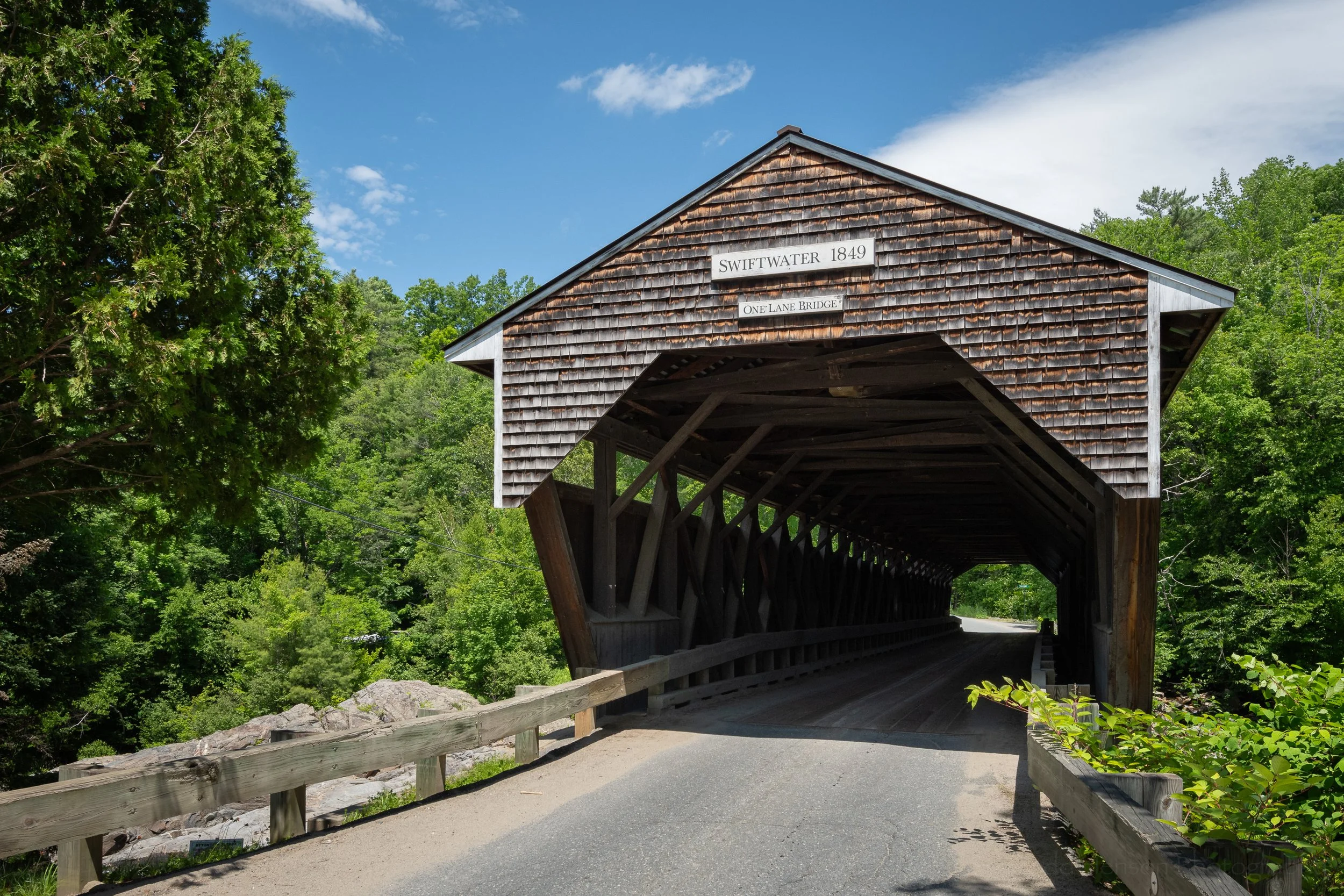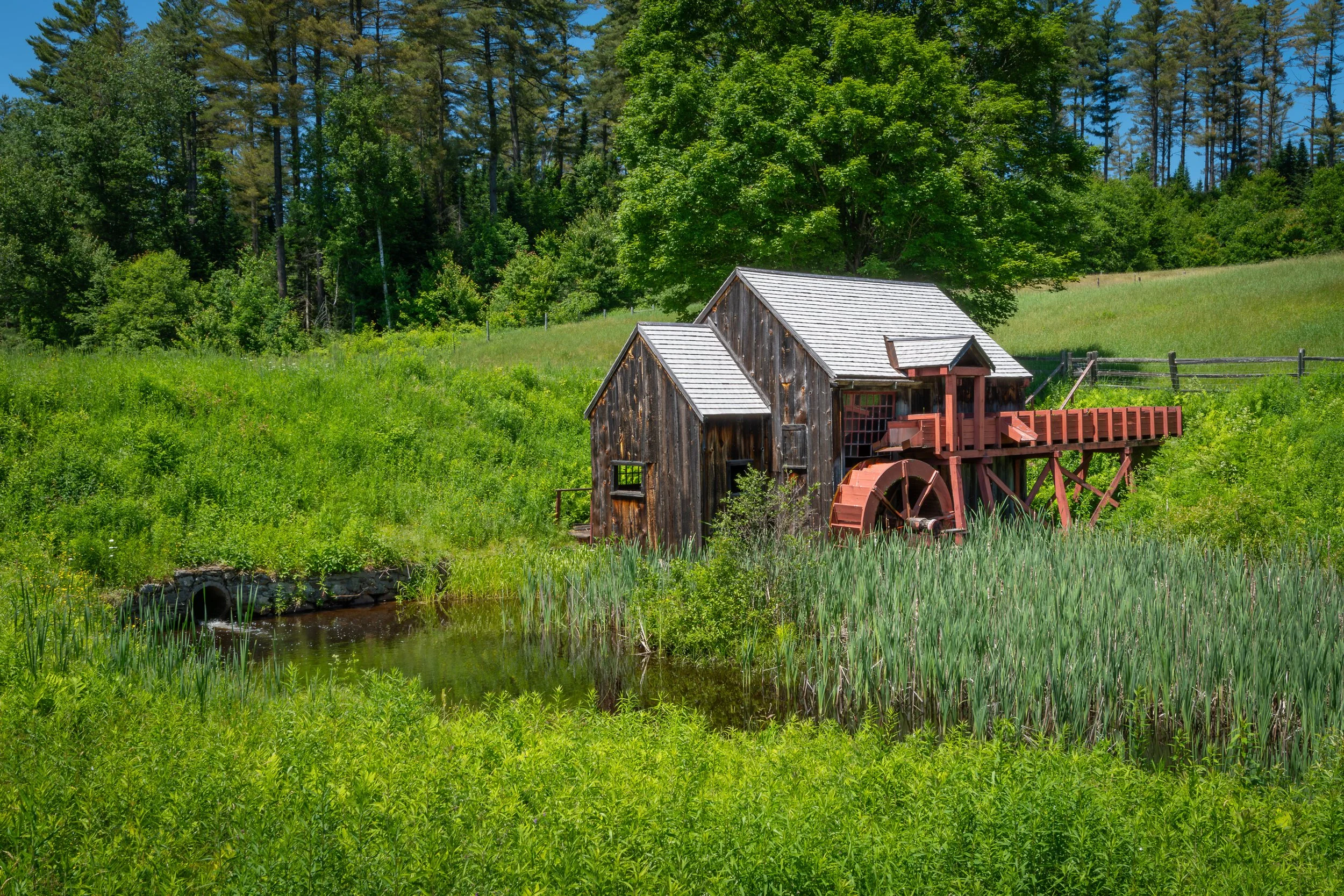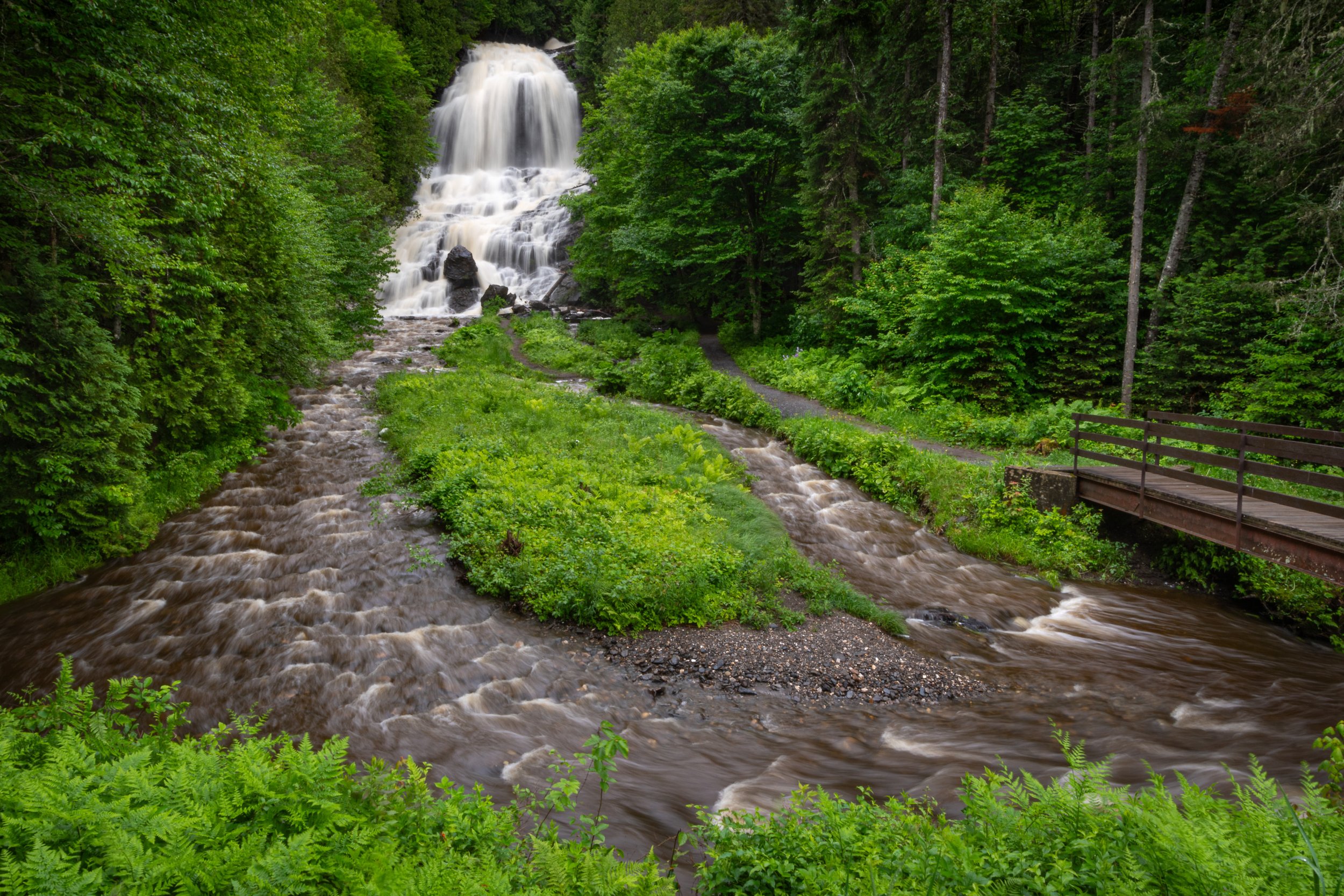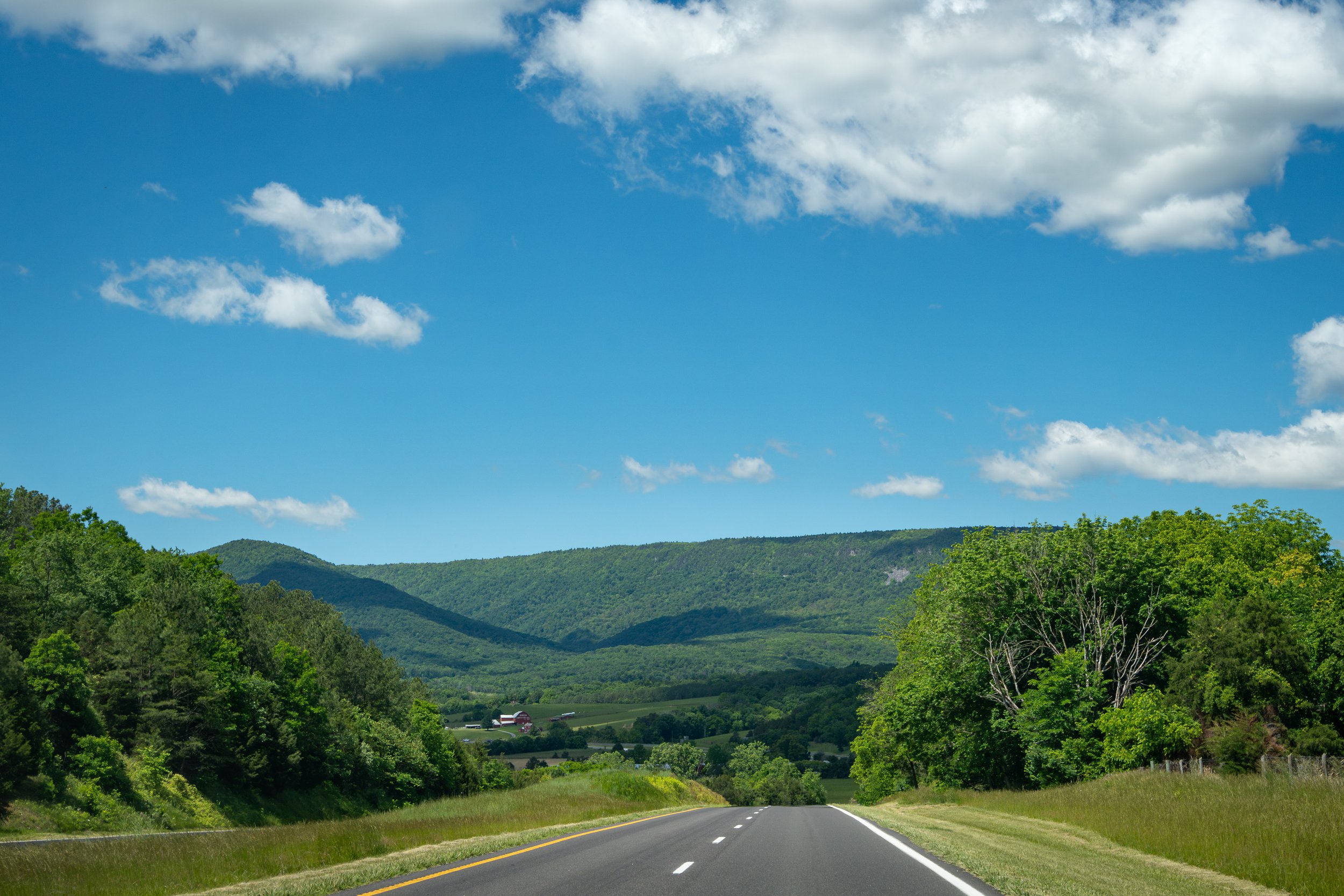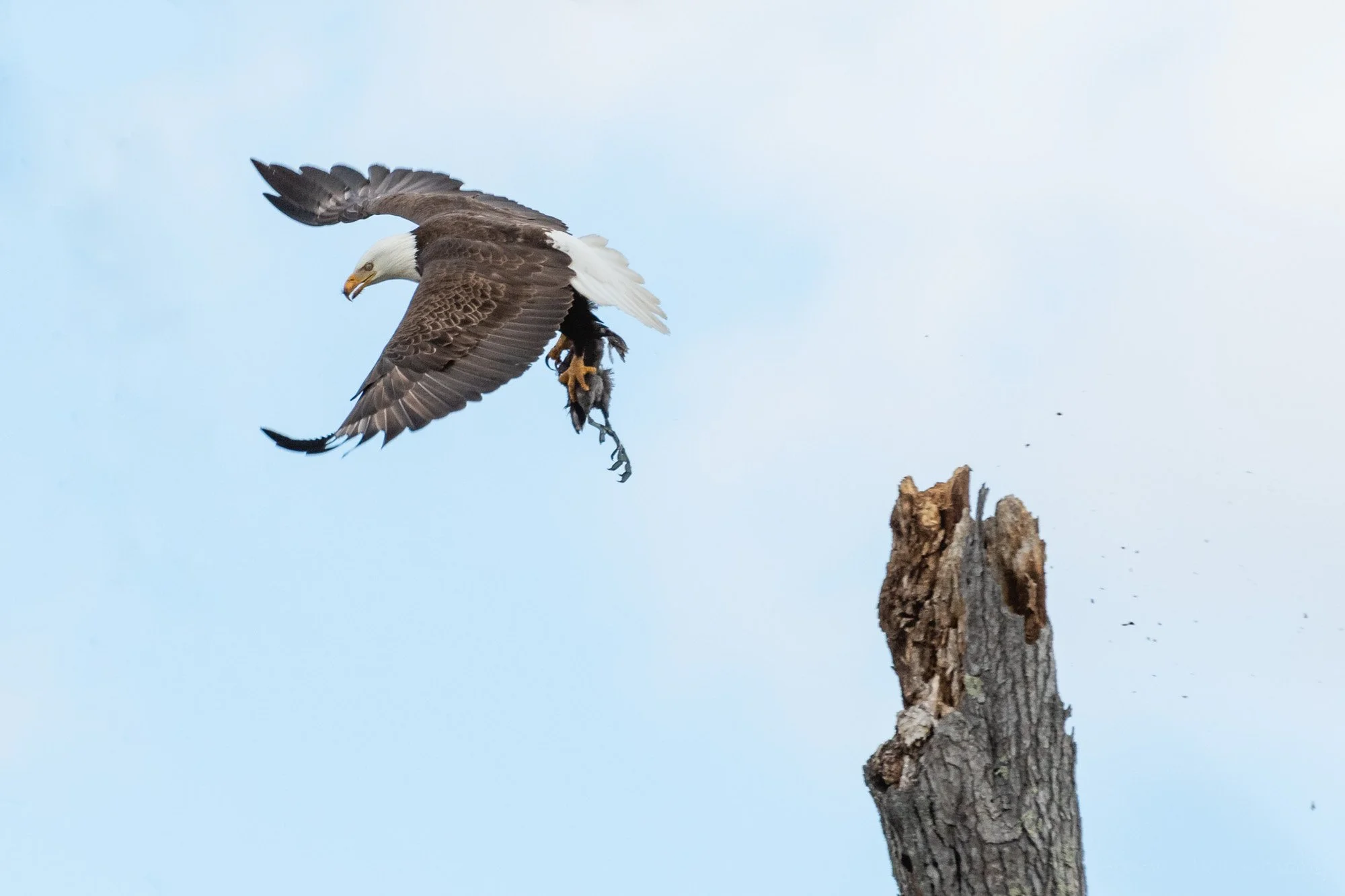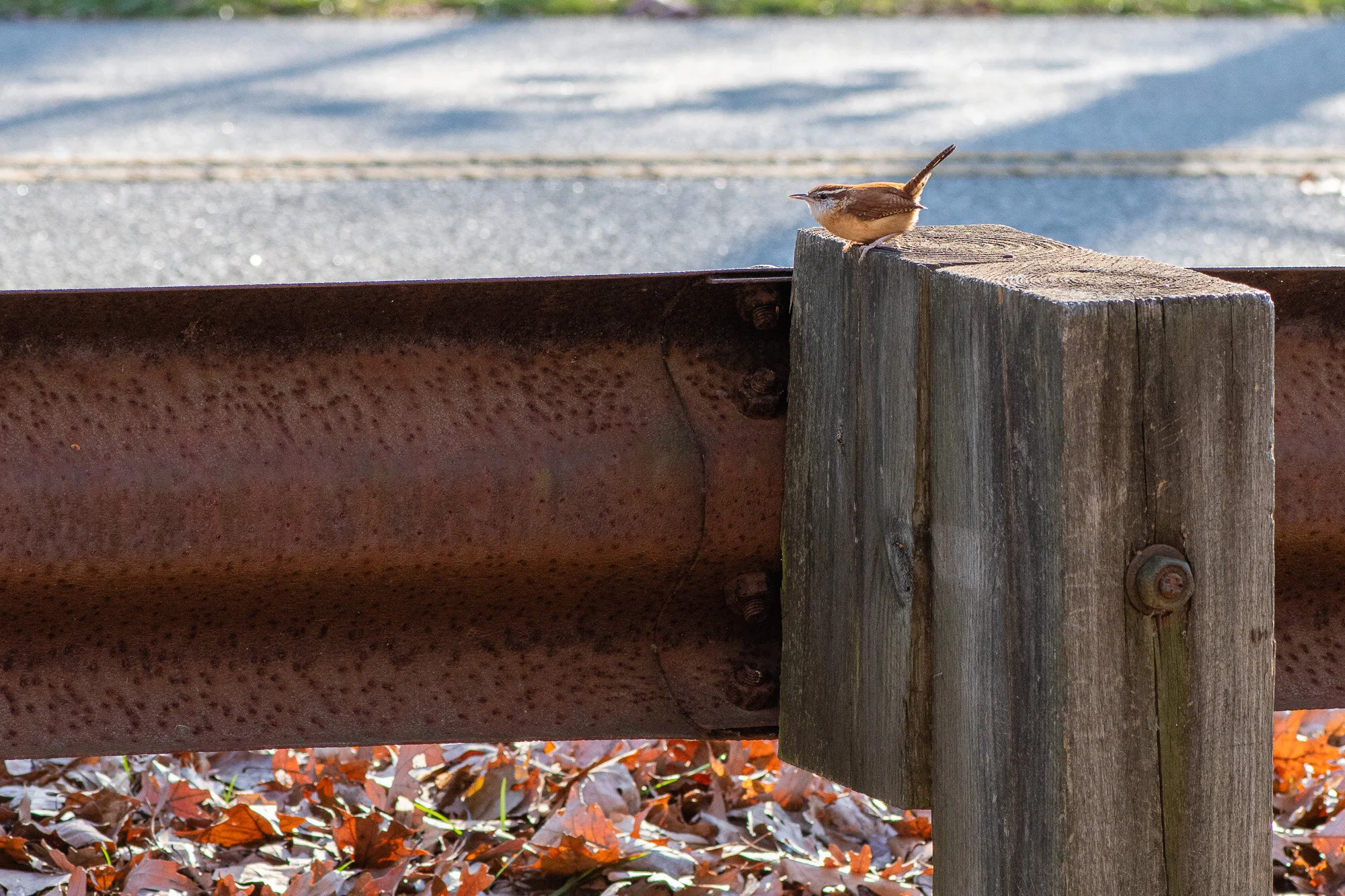Image of a singing Red-winged Blackbird in a wetlands environment. Click to see a larger view.
Early Spring is a wonderful time to observe Red-winged Blackbirds in wetlands environments. The males hop atop any tall perch, puff up their chests, and sing, looking to attract a mate.
This post includes a sequence of 12 images of a male Red-winged Blackbird as it sings atop its perch. The entire sequence took place in less than 2 seconds. In it you can see the bird puffing itself up, then lifting its head and singing. Click on the image below to cycle through the sequence.
Look closely and you will also see the bird’s nictitating membrane in several of the frames. This is an extra eye lid that closes over the eye while their main eye lid is still open. It can help keep the eye clean and offers some extra protection. See my post about nictitating membranes for more examples.
Red-winged Blackbird with eye fully open. Click the image for a larger view.
Red-winged Blackbird with nictitating membrane covering its eye. Click the image for a larger view.
Next time you’re out and about in a wetlands environment keep your eyes open for red-winged blackbirds (if they happen to pass through your area). And watch their eyes very closely. Perhaps you’ll see their nictitating membrane.
Camera Geekery
This sequence is an example of one of the benefits of some of today’s cameras: a high frame rate. This sequence was shot with a Nikon D500, which can shoot up to 10 frames per second. Some cameras support even higher frame rates.
This is a great benefit when photographing wildlife, sports, or any other fast moving action. It helps capture extra moments during peak action. Just be prepared to sort through a LOT of photographs after you’ve transferred them to your computer.
Below are some cameras with high frame rates (measured in frames per second, or fps), at different price points. The only one I’ve used is the Nikon D500.
The links below are affiliate links and I will be compensated if you make a purchase after clicking on my links. This is at no extra cost to you
Nikon D5 - 14 fps
Canon EOS-1D X Mark II - 16 fps
Nikon D500 - 10 fps
Canon 7D Mark II - 10 fps
Nikon D7500 - 8 fps
Canon EOS 70D - 7 fps
Do you enjoy these posts?
Sign up to receive periodic emails with updates and thoughts. Don’t worry, I won’t spam you. And please consider purchasing artwork or products from my online store, and using my affiliate links in the sidebar to the right when shopping online.
I appreciate your support!
